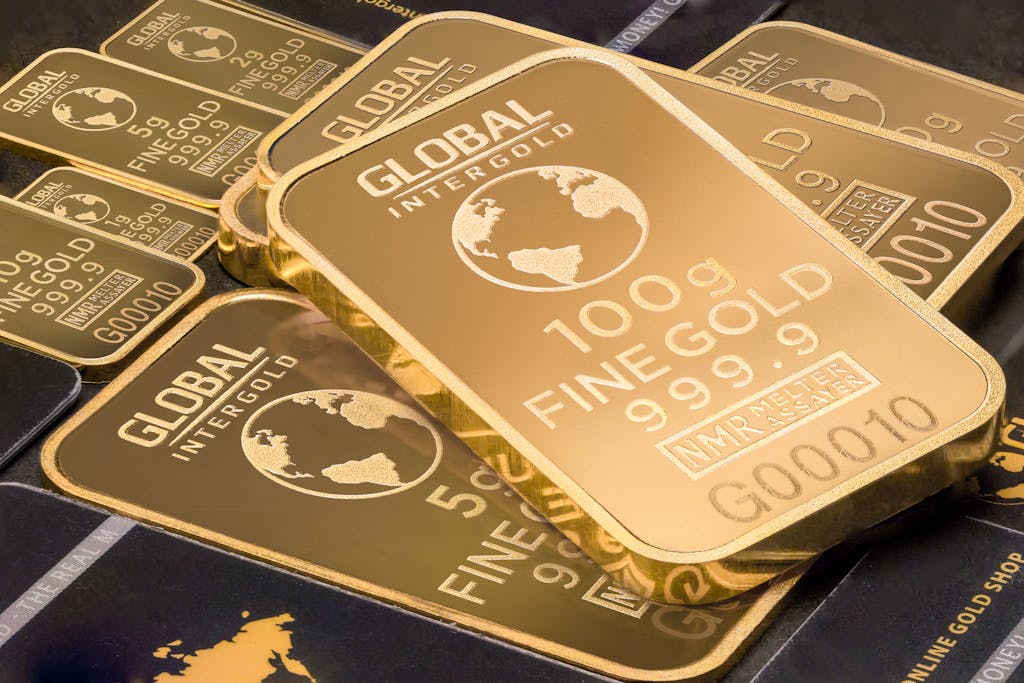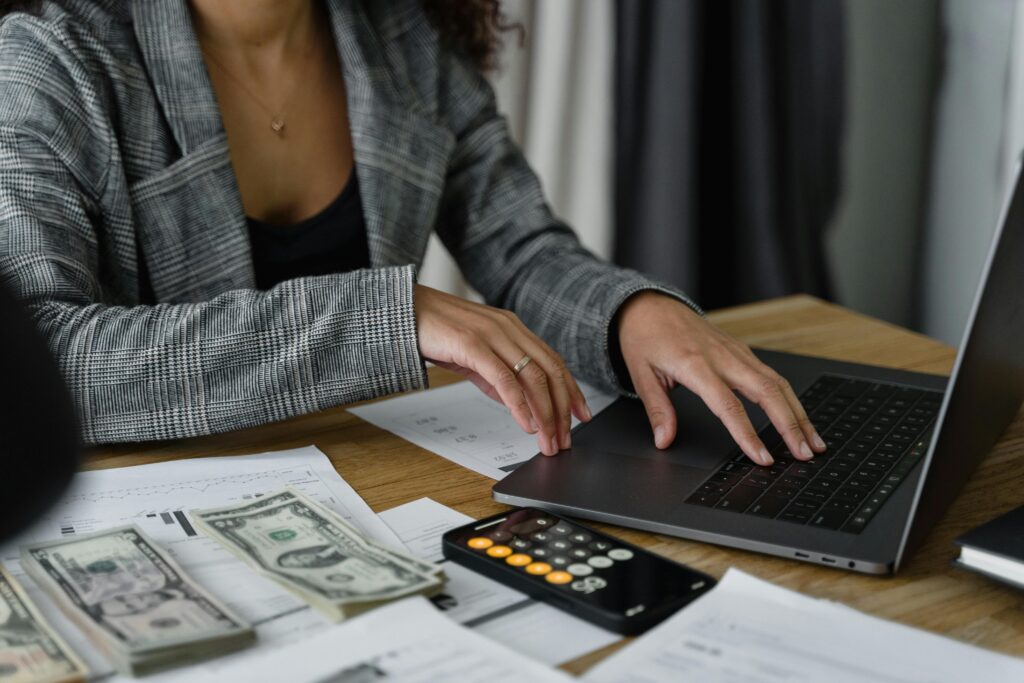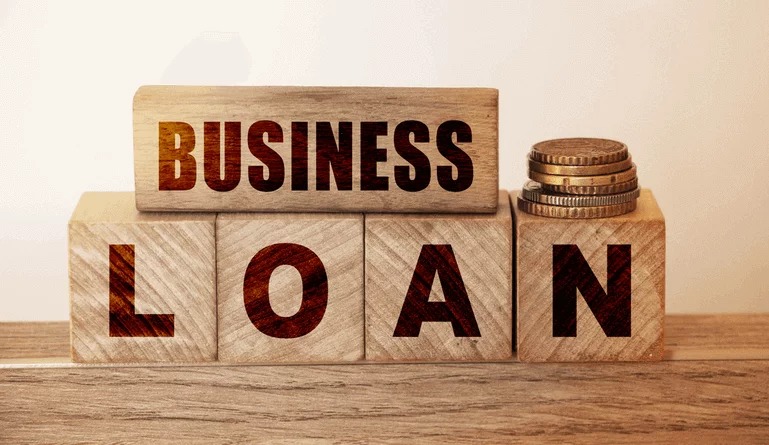Spreading investments over a variety of asset classes allows investors to spread their risk and maximize their returns, which is a fundamental component of prudent investing. Investment portfolios often contain stocks and bonds, but precious metals are an additional asset class that shouldn’t be disregarded. We’ll go over how important it is to diversify your portfolio with precious metals like gold, silver, platinum, and palladium in this extensive guide. We’ll also introduce you to the RGV Resource Group, where you can meet like-minded people and learn about investing in precious metals.
The Value of Investment Portfolio Diversification
For many Americans, accumulating wealth via investments is a top financial objective. However, the stock market can be volatile, and the state of the economy can shift suddenly. This is where diversification comes into play; it’s an effective tactic that can guide you through these ups and downs and enable you to accomplish your long-term objectives.
For US investors, diversification is crucial for the following reasons:
Getting Through the Storm: Say a hurricane makes landfall in your hometown. It will take a serious beating if your house is the only structure there. However, in a diverse neighborhood, the harm is dispersed. Investing is no different. You reduce your risk of losing everything in a single market downturn by distributing your investments among several asset classes (such as stocks, bonds, and real estate).
Increasing Your Earnings: Consider diversification to be akin to creating a garden. You wouldn’t plant just tomatoes because you might go hungry during a poor tomato season. You’ll have a better harvest if you plant a variety of vegetables. This also applies to your portfolio. At various points in time, different asset classes typically perform well. You can potentially increase your overall returns by capturing these gains from multiple sources through diversification.
Taming Inflation: Do you recall when you could purchase a candy bar with a quarter? Over time, inflation can reduce the purchasing power of your hard-earned money. In the past, some assets have served as a hedge against inflation, such as precious metals. Your portfolio will be able to keep up with rising prices if you include these.
Precious Metals’ History:
For centuries, people have prized precious metals such as gold, silver, platinum, and palladium due to their inherent value, rarity, and durability. They have been crucial to a number of industries, including jewelry, money, electronics, and healthcare. Precious metals have a history of holding their value over time, outperforming other asset classes in periods of unstable economic conditions.

Reasons to Purchase Precious Metals:
Purchasing precious metals has a number of advantages:
1. Prevent Market Volatility by Hedging: When markets are volatile, precious metals often perform well, giving investors’ portfolios stability and security.
2. Benefits of Diversification: Precious metals can improve portfolio diversification, lower overall risk, and boost resistance to market swings.
3. Investment Portfolio: In uncertain economic times, precious metals provide a solid store of value, guarding against financial instability and currency depreciation.
Investment Possibilities:
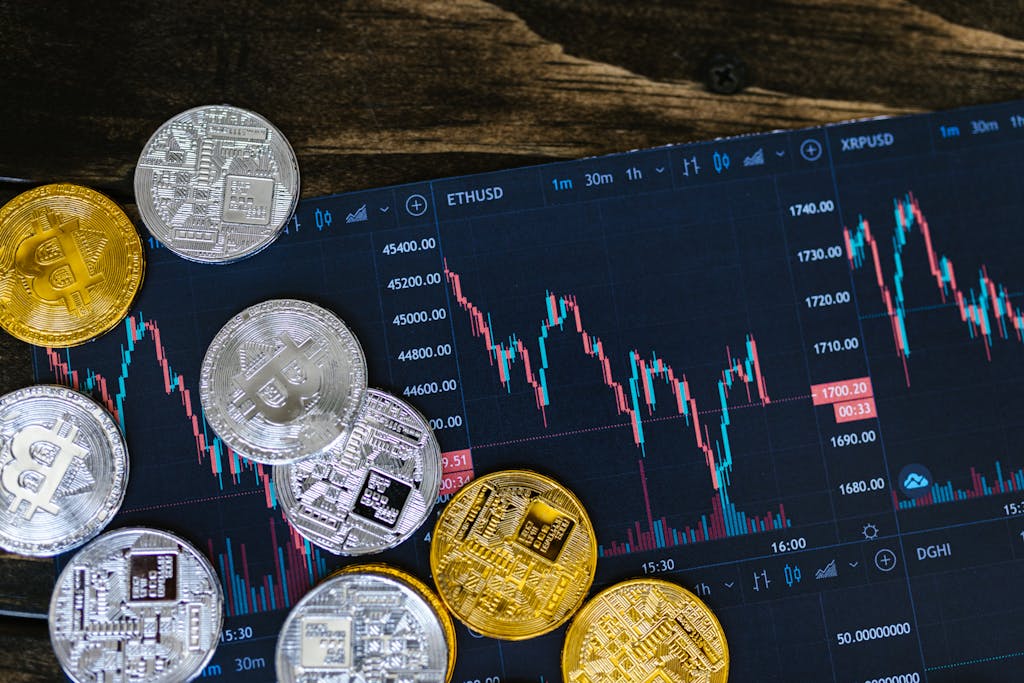
You can invest in precious metals in a number of ways:
1. Bullion Coins and Bars: Having physical possession of bullion coins and bars gives investors access to real assets that they can hold in their hands and safely store.
2. ETFs (exchange-traded funds): With the benefits of liquidity and diversification, gold and silver exchange-traded funds (ETFs) give investors exposure to precious metals without requiring physical ownership.
3. Mining Stocks: By purchasing shares in companies involved in exploration, development, and production, investors can obtain exposure to the precious metals market.
Elements Impacting the Cost of Precious Metals:
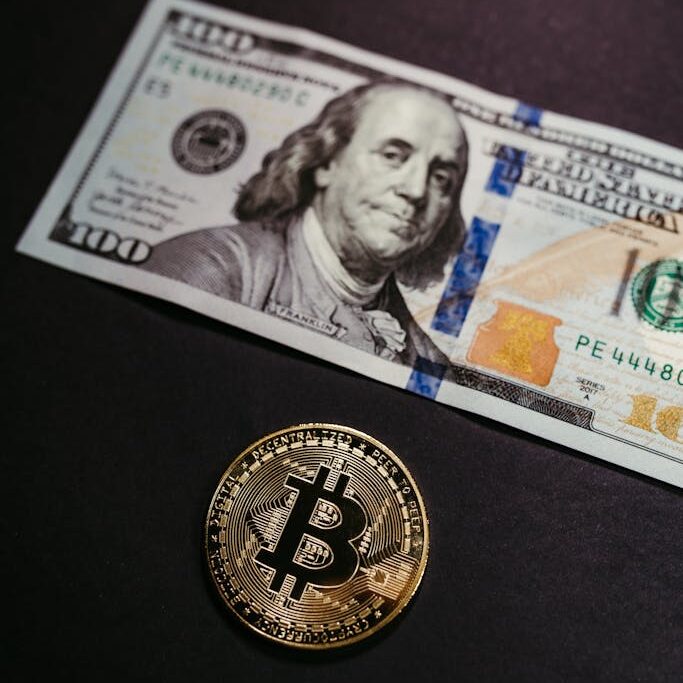
Technological developments, market trends, geopolitical events, and economic indicators are some of the factors that affect the price of precious metals. Investors can choose their precious metal investments more wisely if they are aware of these factors.
Hazards and Difficulties:
Precious metals have many advantages, but they also have risks and difficulties. These include price swings, market volatility, liquidity problems, storage expenses, security risks, and regulatory issues. Before making an investment in precious metals, investors must carefully consider these factors.
Techniques for Including Precious Metals in Your Investment Portfolio:
Think about things like timing, diversification, and allocation strategies when adding precious metals to your portfolio. Speaking with a financial advisor can assist you in creating a customized investing strategy that fits your risk tolerance and financial objectives.
Conclusion
In conclusion, there are a number of benefits to include precious metals in your investment portfolio. In addition to maximizing returns and reducing risk, diversifying your investments to include gold, silver, platinum, and palladium also allows you to take advantage of these metals’ ability to act as a hedge against inflation and economic uncertainty. Adding precious metals to your portfolio ensures resilience and potential growth in the face of market fluctuations, regardless of your preferred method of ownership: physical, ETFs, or mining stocks. Therefore, keep in mind the importance of diversification when it comes to precious metals as you proceed with your investment journey. Come explore the world of precious metal investing with us at RGV Resource Group and get in touch with other like-minded investors.

